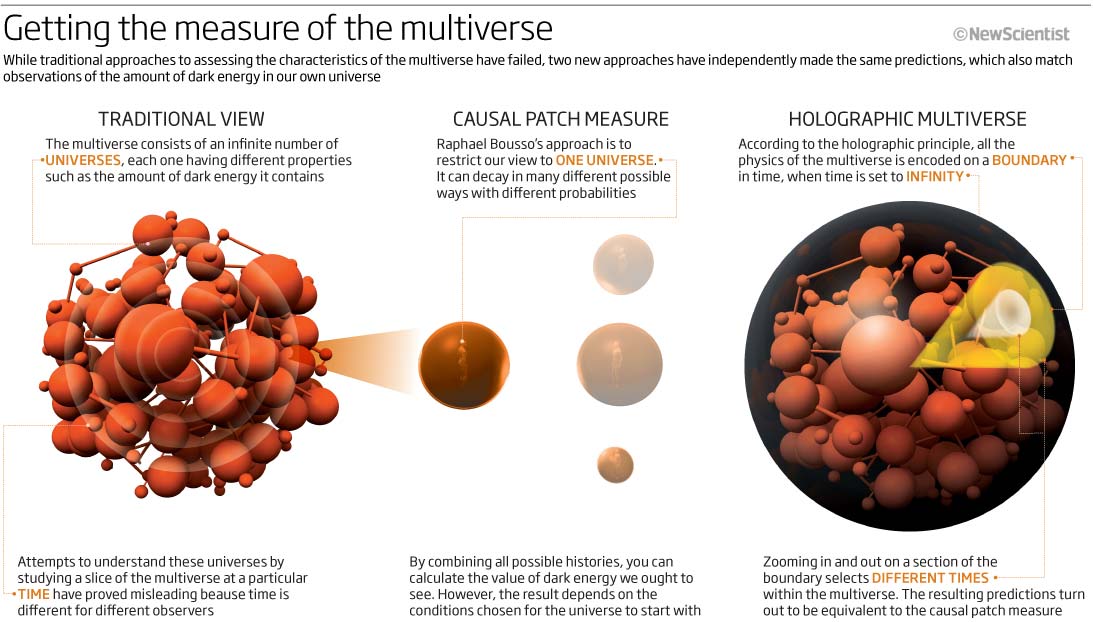
© New ScientistGetting the measure of the multiverse
When cosmologist George Ellis turned 70 last year, his friends held a party to celebrate. There were speeches and drinks and canapés aplenty to honour the theorist from the University of Cape Town, South Africa, who is regarded as one of the world's leading experts on general relativity. But there the similarity to most parties ends.
For a start, Ellis's celebration at the University of Oxford lasted for three days and the guest list was made up entirely of physicists, astronomers and philosophers of science. They had gathered to debate what Ellis considers the most dangerous idea in science: the suggestion that our universe is but a tiny part of an unimaginably large and diverse multiverse.
To the dismay of Ellis and many of his colleagues, the multiverse has developed rapidly from a being merely a speculative idea to a theory verging on respectability. There are good reasons why. Several strands of theoretical physics - quantum mechanics, string theory and cosmic inflation - seem to converge on the idea that our universe is only one among an infinite and ever-growing assemblage of disconnected bubble universes.
What's more, the multiverse offers a plausible answer to what has become an infuriatingly slippery question: why does the quantity of dark energy in the universe have the extraordinarily unlikely value that it does? No theory of our universe has been able to explain it. But if there are countless universes out there beyond our cosmic horizon, each with its own value for the quantity of dark energy it contains, the value we observe becomes not just probable but inevitable.
Despite the many virtues of the multiverse, Ellis is far from alone in finding it a dangerous idea. The main cause for alarm is the fact that it postulates the existence of a multitude of unobservable universes, making the whole idea untestable. If something as fundamental as this is untestable, says Ellis, the foundations of science itself are undermined.


